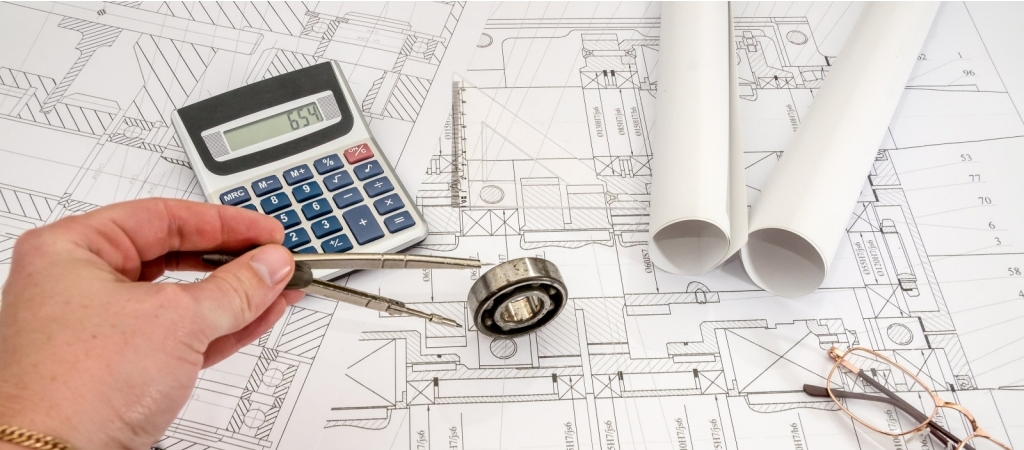
CNC machining has become a mainstay of manufacturing. More and more manufacturers are adopting this form of machining in their operations. While many machinists are used to this form of machining, not all understand the logic behind it. The main advantages of using CNC machining over other forms of machining are as follows:
1. More automated than routine
As the name suggests - CNC stands for Computer Numerical Control - this form of machining relies heavily on computer control. This means a higher level of automation, which is the best solution for high-precision work.
Compared with traditional production methods, the main difference and benefits of using CNC machining are: more machining processes are automated, reducing the occurrence of human errors and meeting people's needs for higher precision.
The main function of machining is to be able to create something else from a block of plastic or metal. Although traditional CNC machining can achieve these goals, the automation used in CNC machining makes machining more efficient, faster, higher production speed, and less room for error, making CNC machining reduce the cost of many companies.
2. Different types of CNC machining
Modern CNC machine tools are suitable for various cutting methods. CNC turning machining makes it possible to manufacture complex exterior and interior geometries. For example, CNC turning and CNC milling. In CNC turning, the raw material is machined as the machining develops, making it possible to manufacture "complex external and internal geometries, including the generation of various threads."
CNC milling is better at making holes, slots, and repetitive movements to create complex three-dimensional shapes. Milling is versatile, easy to set up repetitive motions, and is often used to make plastic injection molding molds.
3. Meet all your needs
No tool in this industry can handle all manufacturing needs, but CNC is the closest. It creates curves and angles where it was once flat and smooth. It can add grooves and threads to create locking mechanisms. It can stamp and engrave, cut and drill, and add texture and contour. Since it's run by a computer program, you can customize it to do pretty much anything you can imagine.
The computer programming process uses computer-aided design, or CAD for short, to create a model of the final product. This is a rough draft as the process moves forward. It can also identify any problems in the design. The prototype is then photographed, which creates a copy, which is fed into the machine.
4. Security
Although the operator plays an important role in CNC machining, the operator does not operate on the machine with his hands, but on the computer. This creates a safer working environment for all and reduces workplace accidents.
This is especially important because the repetitive physical labor that used to be performed by workers. CNC machining ensures that the produced product is consistent to meet quality control guidelines. Human error and lack of sleep are a common hidden danger, which can lead to accidents, and you don't have to worry about it with CNC machining.
5. Convenient and fast
Because the CNC machining process is efficient and computer-driven, it is easy to mass produce. You just need to have multiple machines running the same program. Scaling while maintaining healthy profit margins is a challenge for many businesses. CNC machining has the function of storage, so you don't have to worry about reloading the program every time, and you don't have to re-enter the command every time you produce a product. The many benefits of CNC machining it make it an optimal choice for manufacturers.





